The first time I wandered the lively streets of Santa Cruz de Tenerife, I got swept up by the city’s buzz. Color splashed across buildings and sunny plazas, all hinting at both a modern edge and deep roots here in Spain’s Canary Islands.
Santa Cruz fuses world-class architecture—like Santiago Calatrava’s jaw-dropping Adán Martín Auditorio—with local culture and the wild pulse of its famous carnival.
When I strolled the waterfront, Calatrava’s wing-shaped designs and the nearby César Manrique Maritime Park made me stop and stare. You really can’t miss them if you’re into creativity or design.
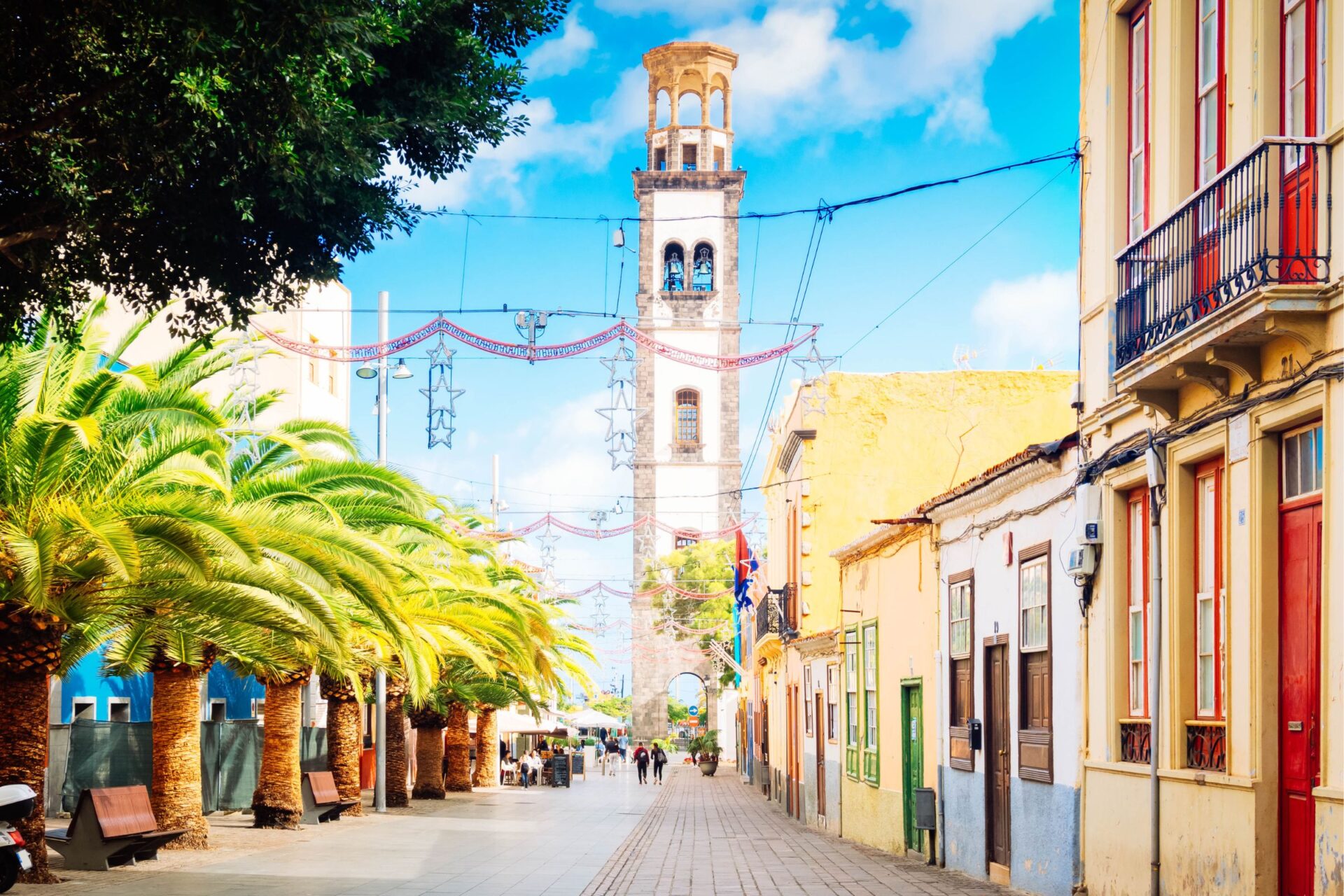
But honestly, it’s the way these places fill up with music, food stalls, and festivals that makes Santa Cruz feel like it’s got a heartbeat—especially when carnival comes around.
From bold buildings to wild celebrations, Santa Cruz de Tenerife feels perfect for anyone who wants both culture and a dash of adventure.
Discovering Urban Energy in Santa Cruz de Tenerife
Santa Cruz de Tenerife moves to the beat of Spanish island life. Street art, music, and daily routines blend together in a way that’s hard not to love.
I feel the city’s energy most in the way locals interact—with architecture, with each other, and with music that floats through open plazas and salty air.
City Vibe and Everyday Life
Each morning, I watch the city wake up. Early birds cluster at corner cafés, nursing coffee and dunking pastries, as market sellers fuss over their produce.
Spanish and Canarian culture show up everywhere. People greet each other warmly, and nobody rushes—well, unless a bus pulls in at the tram stop.
I hear Spanish and the island’s own dialect as old friends chat on shaded benches or families amble along Avenida de Anaga by the sea.
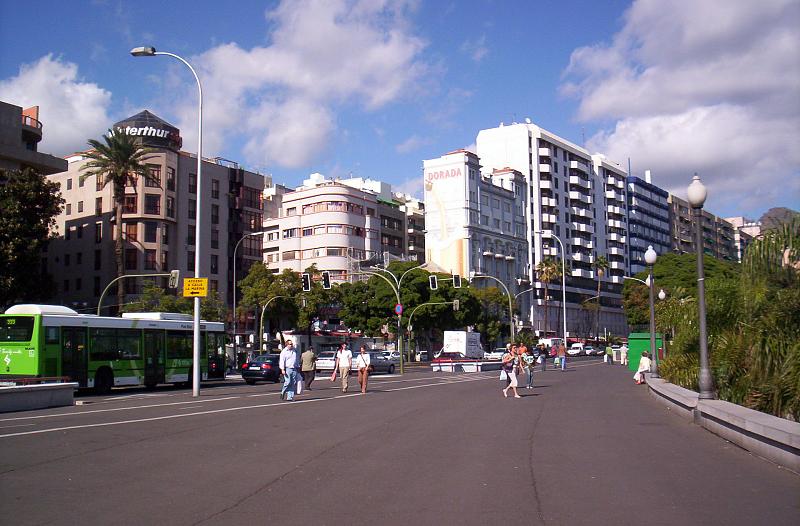
Image Source: Wikimedia Commons
Art and pop culture shape daily life. Murals brighten old buildings, and I once watched an artist finish a giant, bright whale on a warehouse wall—now it’s a local landmark.
Local events like book fairs, open-air concerts, and food festivals pack the calendar all year.
Walking the Bustling Streets
Santa Cruz is a city you really have to walk. Wide boulevards connect leafy plazas, and my favorite stroll is along Calle del Castillo, the main shopping drag.
Fashion shops, local boutiques, and bakeries line both sides, making it easy to lose track of time.
At Plaza de España, I love to pause and people-watch by the big pool. It’s a favorite meeting spot for tourists and locals alike.
Side streets branch off with cozy tapas bars, bookshops, and quirky gift stores. Every turn feels different—sometimes you hear music, sometimes laughter, or maybe just the click of skateboard wheels on tiles.
Public spaces feel open and welcoming. Benches under flowering trees fill up fast, and on weekends, street performers turn the sidewalks into little stages.
The mix of old sights and modern street life gives Santa Cruz an energy that’s tough to describe but easy to feel.

Nightlife and Social Hotspots
When night falls, Santa Cruz changes its rhythm. The city slows down, but the social buzz ramps up.
I like to start my evenings walking the waterfront, where lights shimmer on the sea and music drifts from open-air cafés.
Places like Plaza del Príncipe and the alleys near Teatro Guimerá light up after dark. Locals gather in plazas, sipping wine or mojitos and chatting with friends.
Small clubs and music bars hide between shops and old facades—live bands, DJs, and salsa beats spill out into the night.
Nightlife here isn’t just about loud clubs. It’s about sharing tapas, listening to a Spanish guitar, or meeting travelers from all over—Santa Cruz’s social side really shines after sunset.
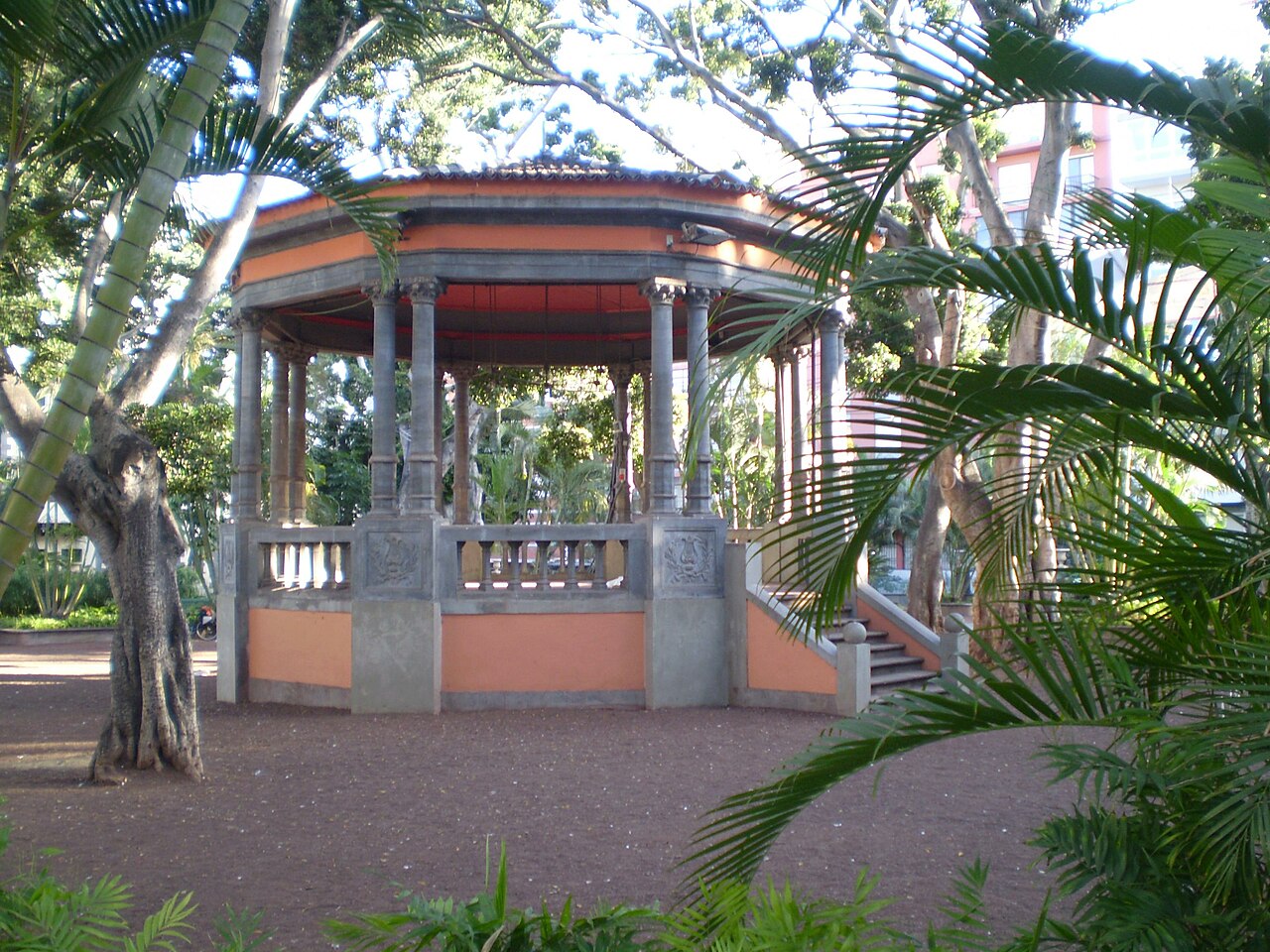
Image Source: Wikimedia Commons
Architectural Gems: Calatrava and Beyond
Santa Cruz de Tenerife feels shaped by both creativity and history. The city’s mix of bold styles—from modern icons to splashes of street art—gives you a new way to see its spirit.
Santiago Calatrava’s Auditorio de Tenerife
The Auditorio de Tenerife, designed by Santiago Calatrava, stands out with its white curves reaching toward the Atlantic. I couldn’t help but stare at its dramatic lines—it’s both a concert hall and a sculpture, honestly.
Locals call it the city’s “architectural wave.”
What caught my eye:
- That wing-shaped roof that looks like it might just take off
- Sweeping views of the sea and harbor
- Acoustics that make everything from classical to jazz sound amazing
You can spot the Auditorio from Constitution Avenue. Visitors and photographers flock to it every day.
This building shows off Santa Cruz’s modern energy and helps give Tenerife its own identity in Spain. When I stepped inside, the place felt futuristic but somehow inviting.
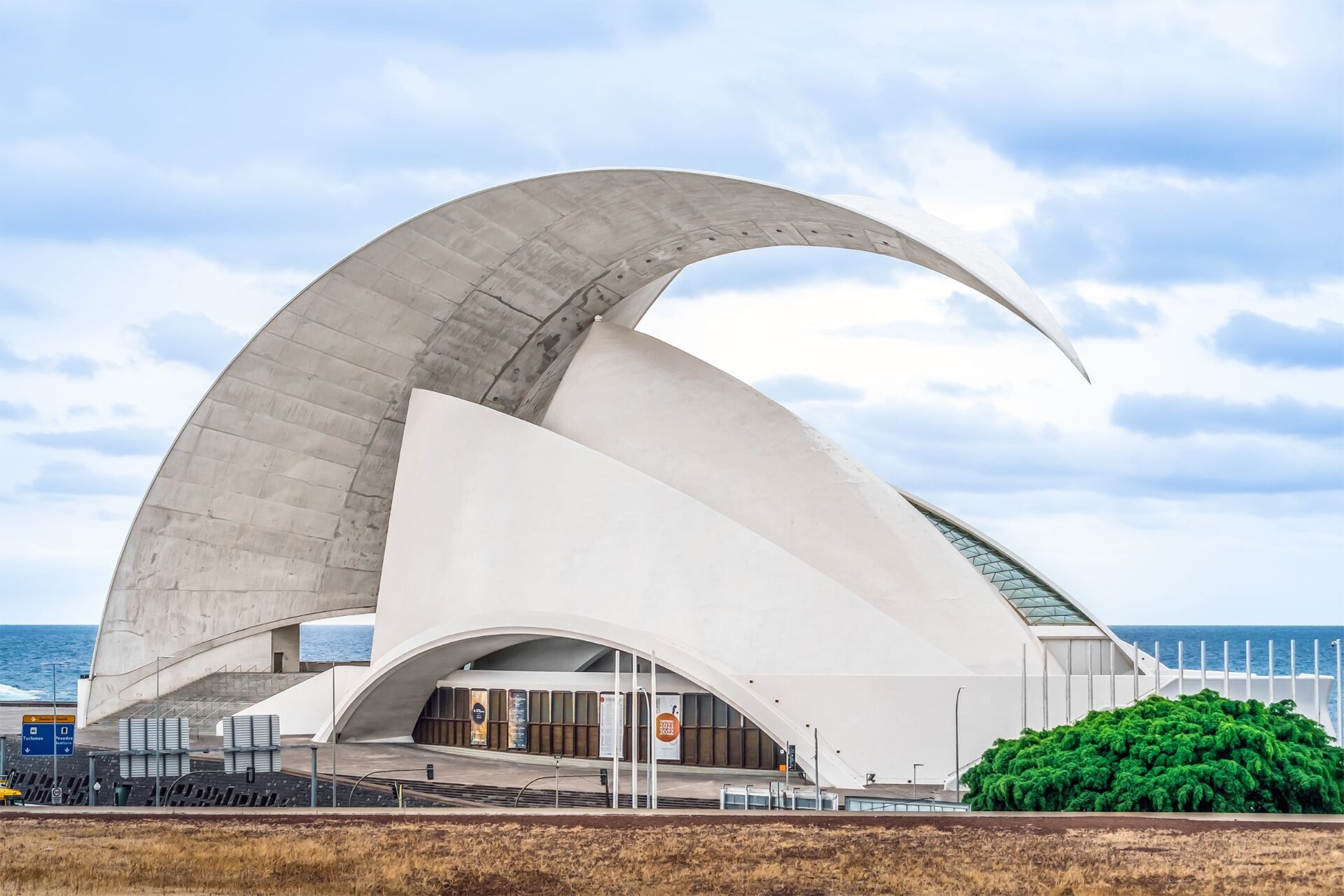
Modernist and 20th Century Influences
Santa Cruz brims with 20th-century architecture beyond Calatrava’s Auditorio. I spotted bold, geometric facades and hints of Art Deco along the main boulevards.
The Recinto Ferial de Tenerife (also a Calatrava design) stands out, built on the site of an old oil refinery.
As I walked downtown, I noticed Spanish and Canarian styles blending everywhere:
- Government and cultural buildings with crisp lines
- Plazas surrounded by palms
- Apartment blocks painted in bright colors, catching every bit of sunlight
Each neighborhood tells a different bit of local history. Some buildings might not be famous, but they add to the city’s lively, walkable feel.
From museums to markets, Santa Cruz manages to celebrate change and still honor its roots.
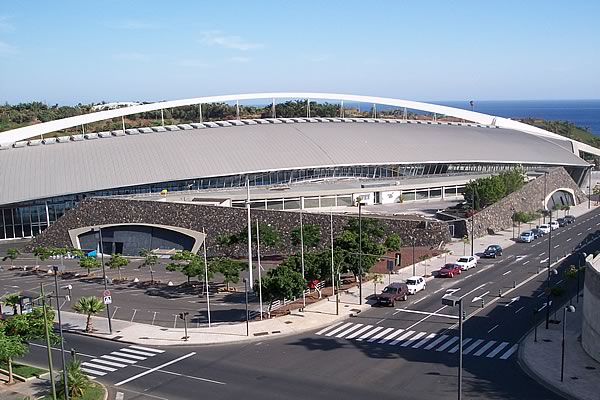
Image Source: Wikimedia Commons
Street Art and Urban Installations
Wandering the side streets, I found bold murals and modern sculptures popping up everywhere. Street art here doesn’t hide—it jumps out in splashes of color and often tells island stories or bigger, global themes.
Public installations dot parks and the oceanfront promenade.
Some favorite art spots:
- Parque García Sanabria, where whimsical statues peek out from the gardens
- The city center, where murals by local and visiting artists blend into daily life
- Rotundas and plazas, doubling as open-air galleries
These works give the city a playful, creative edge and make art something everyone can enjoy—not just museum-goers.
Santa Cruz’s urban art added a personal, memorable twist to my trip and sparked new conversations at every turn.
Carnival Rhythms: The Beating Heart of the Island
Santa Cruz de Tenerife explodes with life during Carnival. Streets fill with music, color, and people who really love a good party.
The vibe changes—suddenly it feels like the whole island comes together for this wild tradition.
Behind the Scenes of Carnival
Carnival prep starts months in advance. Local artists and designers pour their energy into costumes loaded with feathers, sequins, and every color you can imagine.
Families and friends form groups called comparsas or murgas, rehearsing songs and dances after work, school, and on weekends.
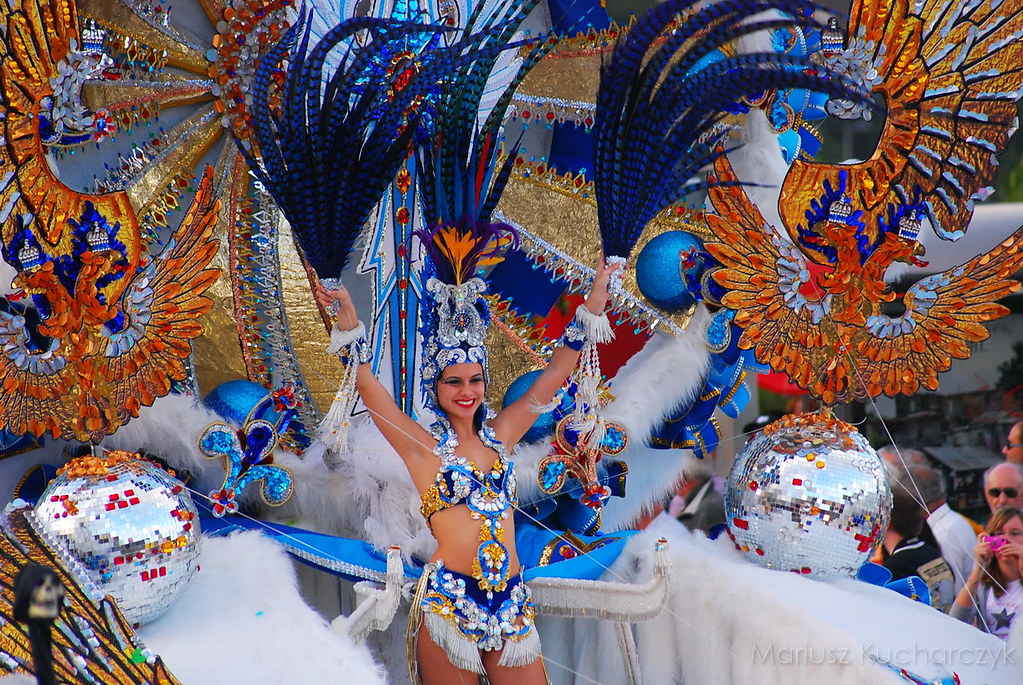
Image Source: Flickr
I once visited a workshop where people sewed massive headpieces late into the night. The air buzzed with excitement and the smell of glue and fabric.
These moments made me realize Carnival isn’t just a week-long party—it’s something people live for all year.
Santa Cruz’s Carnival gets famous for its Queen’s Gala, where candidates wear dresses that honestly look impossible to move in. Seeing the backstage chaos, with friends cheering them on, made it clear this is more than a show. It’s art, teamwork, and a huge dose of Spanish pride.
Music, Dance, and Spectacles
Carnival music is everywhere—loud, happy, and impossible to ignore. Every parade has its rhythm, from brassy marching bands to the steady beat of batucada drums.
The songs mix old Spanish traditions with new island sounds, and I couldn’t help but move along.
Dance groups fill the streets with samba, salsa, and hip-hop—anyone can join in. Even if you’re new, the crowd sweeps you up.
I felt welcome to clap, dance, and pick up a few steps from local performers.
Parades steal the show, but there’s more—talent shows, street theater, and contests for the funniest group. Everything builds up to the Coso parade, when floats roll down the main avenue under a blizzard of confetti.
Everyone joins in, from little kids to grandparents.
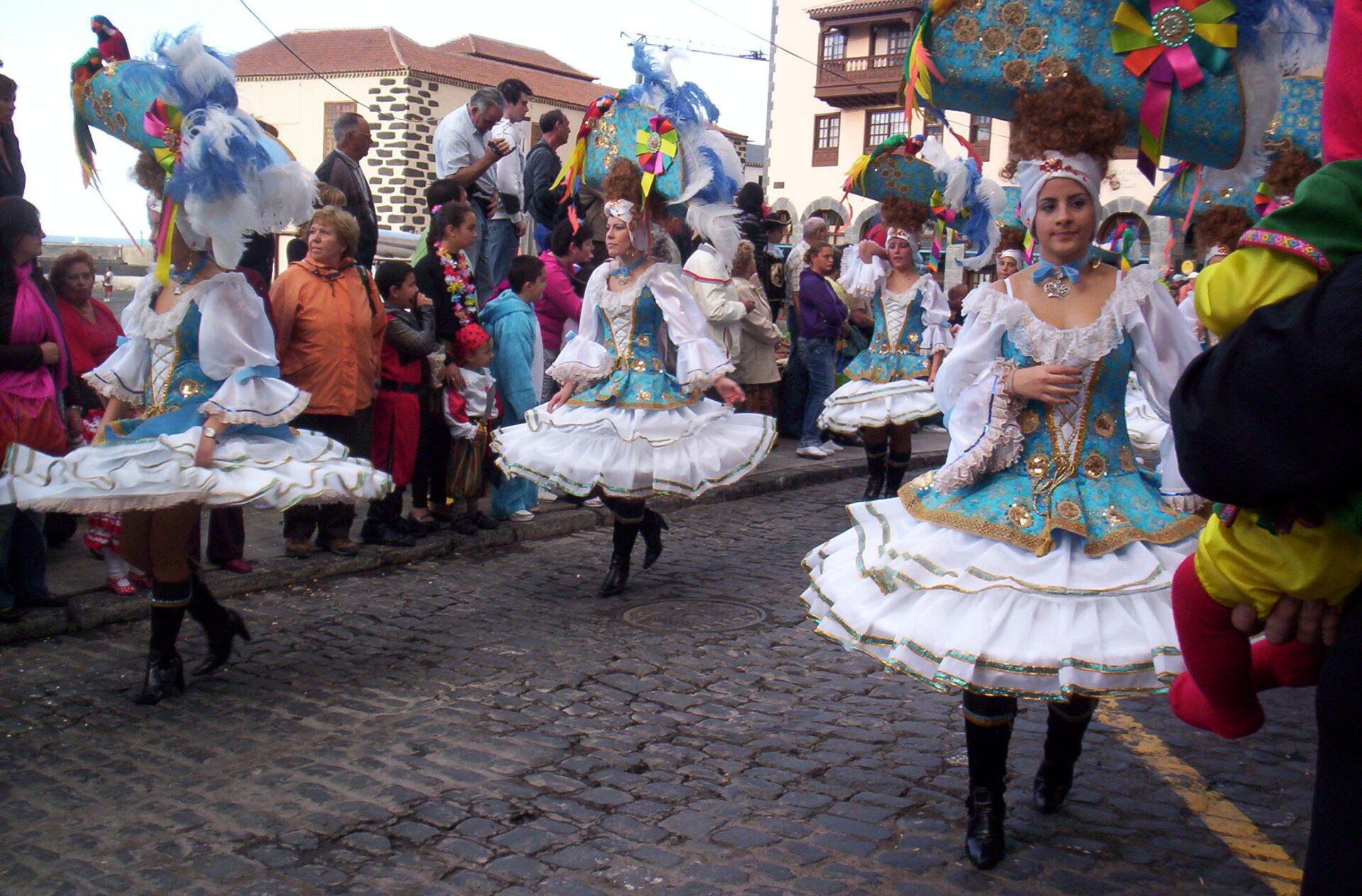
Image Source: Wikimedia Commons
Experiencing Festivals as a Traveler
Going to Carnival in Santa Cruz is something I’ll never forget. The city’s bus routes change and hotels fill up fast, so I always plan ahead and check for festival maps.
Most events are free and open to everyone, so it’s easy for travelers to dive in and get a taste of Spanish culture.
Costumes are encouraged—even a simple mask made me feel part of the fun. Shops all over town sell everything from pirate hats to fairy wings.
I joined group dances at Plaza de España and grabbed street snacks like churros and papas arrugadas.
The best moments came from chatting with locals, hearing their stories, and joining a spontaneous dance. If you’re curious about culture, arts, and the wild energy of social festivals, Santa Cruz’s Carnival is the best way to feel the island’s heartbeat.
Culinary Adventures: Food, Wine, and Local Favorites
Eating my way through Santa Cruz de Tenerife felt just as lively as the city itself. I tried vibrant tapas, unique Canarian flavors, and local wines that honestly rival some mainland bottles.
Dining Traditions and Tapas Culture
I kicked things off with tapas, the heart of Spanish dining. In Santa Cruz, locals pack small, lively bars and terrazas, sharing plates meant for the table.
Patatas bravas, grilled octopus, and chorizo quickly became some of my favorites.
Dinner starts late—usually after 8 p.m.—and nobody seems in a hurry. Conversations flow with the food.
Tapas pair perfectly with a crisp local white or a cold beer.
Lunch menus sometimes feature paella or gazpacho, offering a taste of mainland Spain. But it’s the island’s twist—think fresh seafood and tropical touches—that makes these dishes stand out.
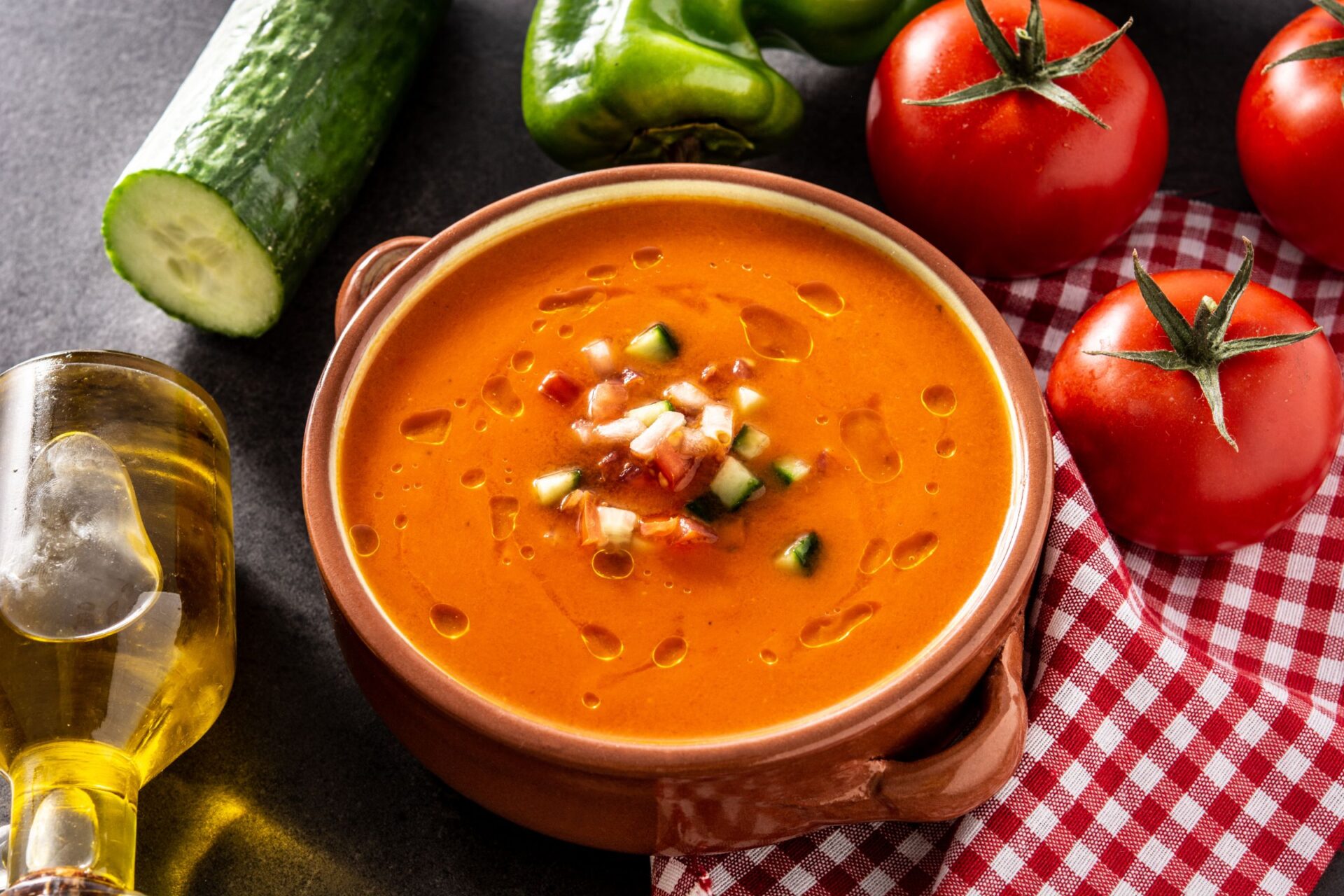
Quick Tip:
- Tapas spots get busy after sunset. I always had the best luck arriving a little early and asking locals where to go.
Canarian Flavors and Spanish Wine
Santa Cruz takes pride in its Canarian food. I tried papas arrugadas—salty wrinkled potatoes with garlicky, spicy mojo sauce. Goat cheese drizzled with local honey showed up everywhere.
Tenerife’s vineyards surprised me. The island grows crisp whites and mineral-rich reds on volcanic soil.
I did a tasting at a mountain vineyard and compared local wines with mainland favorites like Rioja.
Some restaurants offer tasting menus with classic Canarian dishes and modern twists. Pairing fresh fish with a bold local red turned into a go-to meal for me.
Must-try list:
- Papas arrugadas with red or green mojo
- Canary Island cheeses
- Local Malvasia or Listán Blanco wines
- Rioja from the mainland, especially with grilled meats
Planning Your Santa Cruz Experience: Practical Tips and Itineraries
Visiting Santa Cruz de Tenerife needs more than just excitement—some thoughtful planning goes a long way. Getting around, shopping, and picking the right day trips can really shape your trip.
Getting Around the City
Santa Cruz is surprisingly easy to explore, whether I’m on foot or hopping on public transit. Most top sights—like Plaza de España, the Auditorio de Tenerife by Calatrava, and Calle del Castillo—sit close enough for a relaxed walk.
When I want to cover more ground, I use the tram (Tranvía de Tenerife). It’s quick, clean, and reliable.
Single tickets are cheap, but I usually grab a ten-trip ‘bono’ card at local kiosks for convenience.
Buses (TITSA) connect the city with the rest of the island, and stops are clearly marked.
If I’m hauling luggage or heading out late, taxis are easy to find and feel safe. Most city areas and public transport are fairly accessible, though busy streets sometimes require a bit of patience.
Shopping and Local Markets
Calle del Castillo really pops when it comes to shopping. You’ll find a mix of fashion stores, boutiques, and those big Spanish brands all in one place.
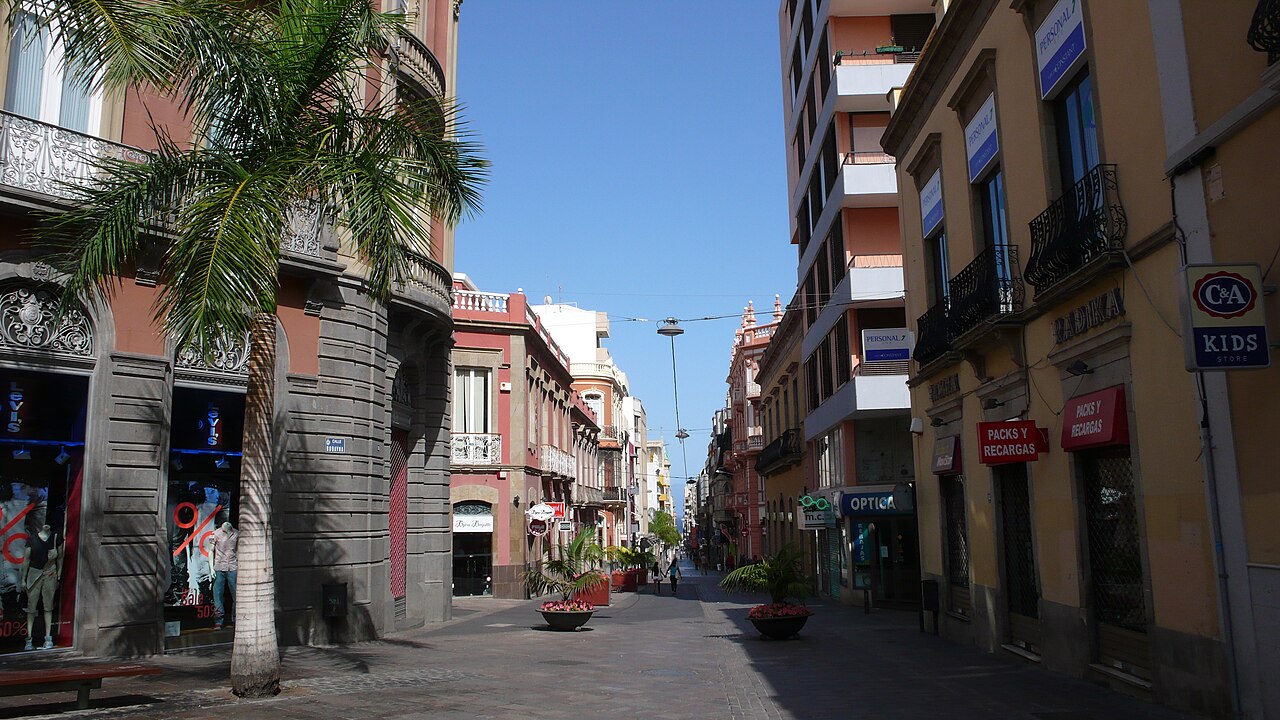
Image Source: Wikimedia Commons
I always try to squeeze in time to wander this pedestrian street. Locals and tourists both flock here, everyone chasing deals or just window-shopping. Most shops shut down for a midday siesta, so I make sure to plan ahead—nobody likes standing outside a locked door.
If I’m after something more genuine, I head to Mercado Municipal Nuestra Señora de África. This market buzzes with energy. You’ll spot stalls selling local cheeses, fruits, and all sorts of handmade crafts.
Want the freshest produce or seafood? I’d say go early in the morning. That’s when everything looks and smells its best.
Here are a few quick shopping tips for Santa Cruz:
- Bring cash: Some market vendors won’t take cards.
- Ask for help: Plenty of stalls offer free tastings—don’t be shy.
- Be patient: Crowds can get wild, especially on weekends.
- Souvenirs: Keep an eye out for Canarian wines or those spicy mojo sauces.
Day Trips and Extended Itineraries
Santa Cruz really makes a great base if you want to explore more of Tenerife. With a bit of planning, I can squeeze in a quick trip to the black-sand beach at Playa de Las Teresitas—it’s just 15 minutes away by bus.
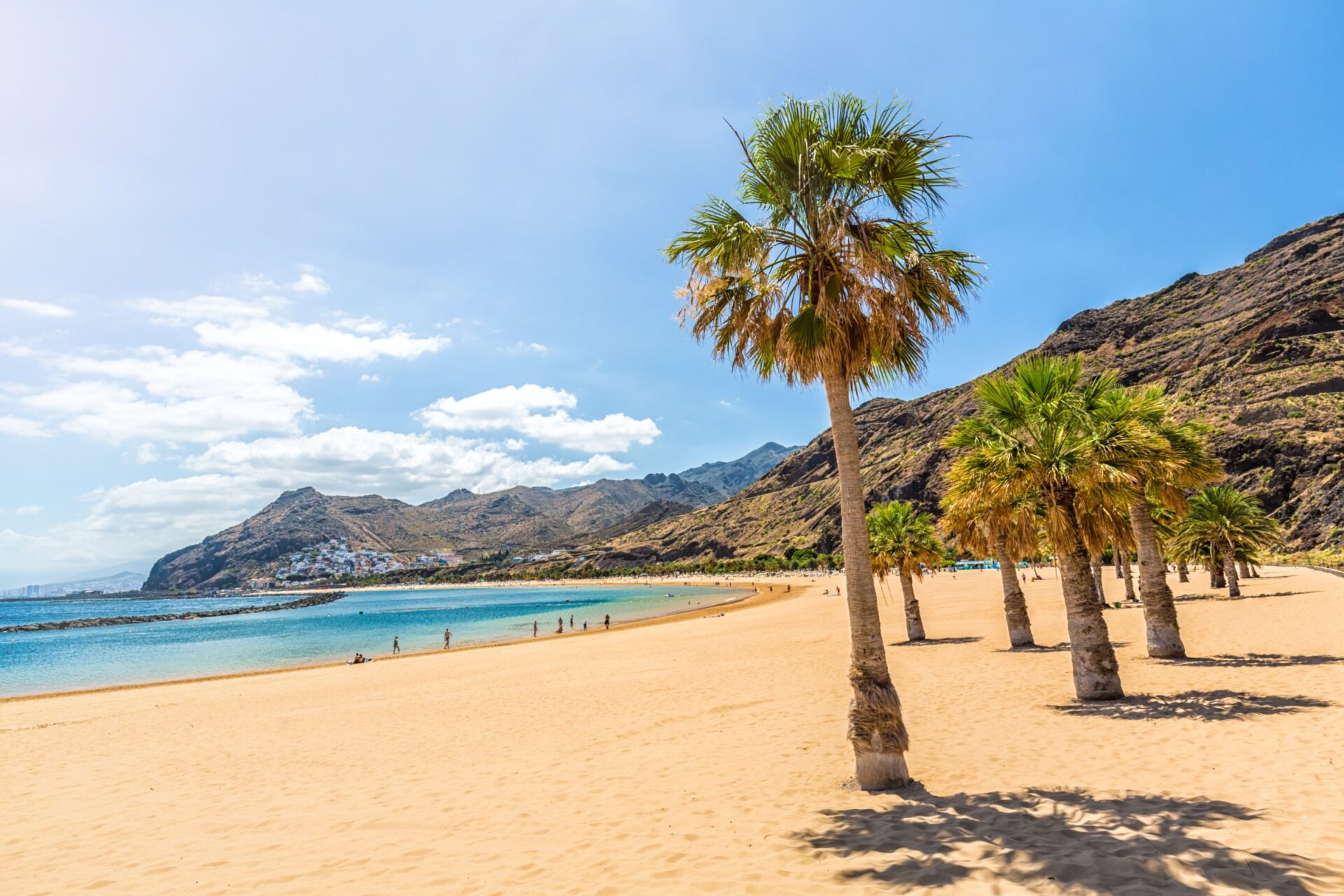
If you love nature, you can hop in a car or catch a bus out to Anaga Rural Park. The hiking trails wind through ancient forests and open up to some pretty stunning sea views.
Thinking about a longer stay? I like to spread things out and see places like La Laguna (it’s a UNESCO World Heritage Site, by the way), the volcanic landscapes of Teide National Park, and the creative vibe of Puerto de la Cruz.
Each spot brings its own flavor of Spanish island life. Local travel agencies can help you sort out group tours or put together something custom if you want that.
Bus schedules sometimes change on holidays, so I always double-check times and try to pack a little extra patience. That way, I avoid any last-minute travel headaches.

